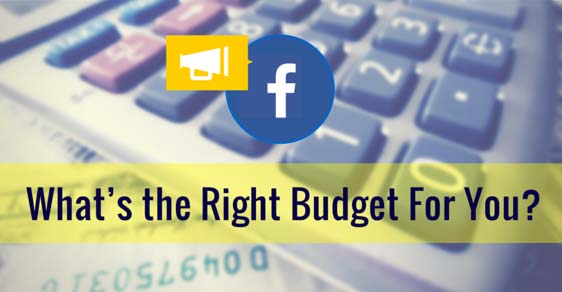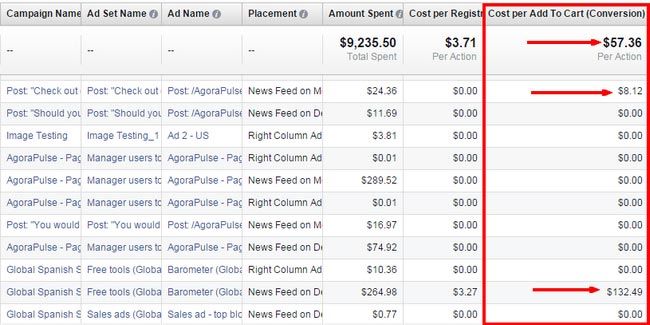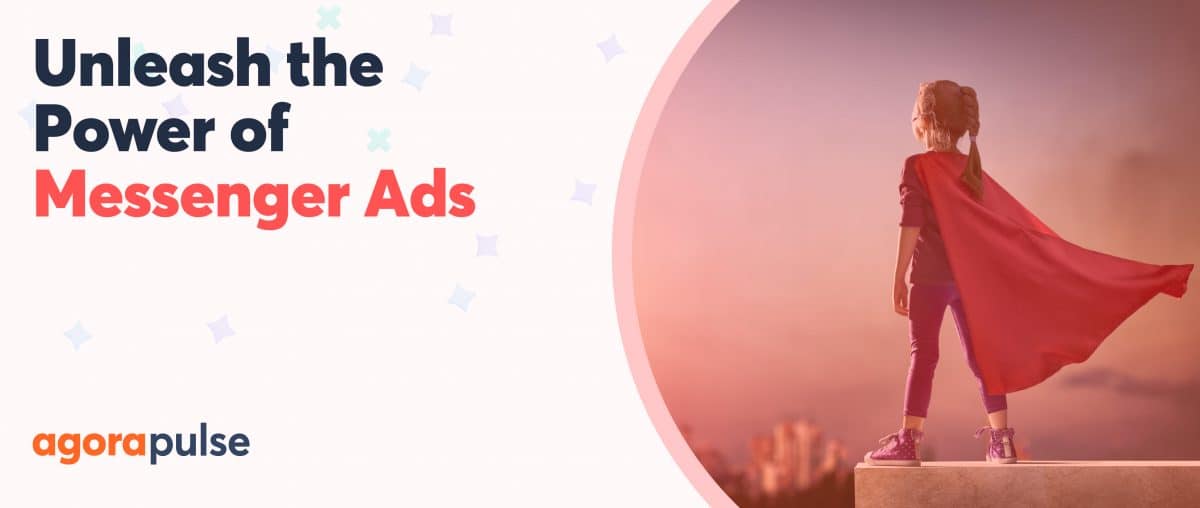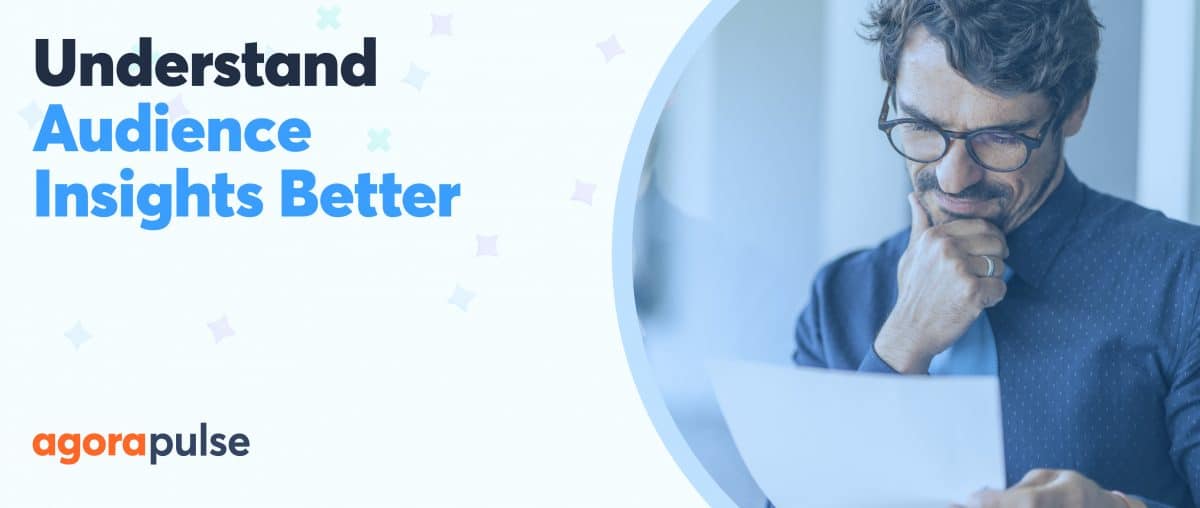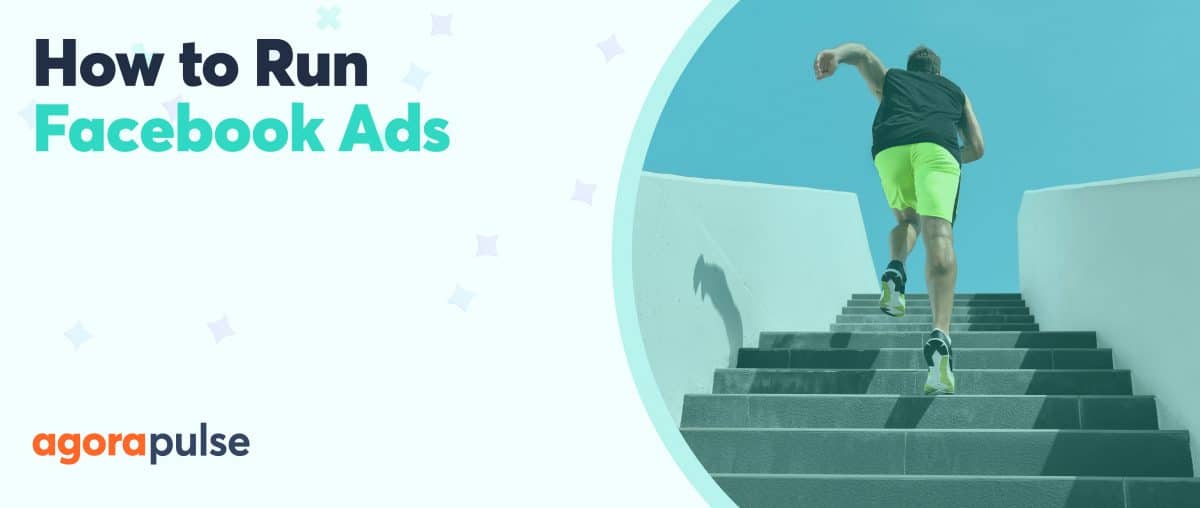You get what you pay for with most things. And while Facebook is still an effective platform even if you don’t buy advertisements, you won’t believe how much more effective it is when you do. The difference a little Facebook advertising can make is often dramatic.
And we don’t want your competitors to be the only ones enjoying it.
But since we can’t always draw up the Facebook advertising budget we’d like, we’re going to show you how to make the most of what you have – whatever it might be.
1. What Do People Usually Pay for Facebook Advertising?
How much should we invest in this? What’s the “right” cost for me?
And when am I paying too much?
Well, it depends.
-
- o
- How much are you spending on other advertising channels?
o
-
- What are your business goals?
o
-
- What kind of products/services are you promoting?
o
-
- What’s the average purchase and/or lifetime value for your products/services?
o
- What’s your target market?
[Tweet “Many factors influence the “right” Facebook advertising cost: targeting, LTV, ARPU, goals…”]
We have to start with our metrics to figure out what makes sense for our unique business models – they won’t always be the same.
At AgoraPulse, our lifetime value is roughly $400 on average. Our average first purchase is around $70 – with $29 on the low end.
We know that if we pay $29 for a new client, we’re guaranteed to break even – every time – and that we’ll make money in the long run. If we pay $100, we’ll lose money on some clients and make money on other clients, so we need to be careful that we still have an average purchase of about $70 and a $400 lifetime value for those campaigns. They’re more risky for us.
In the example below, you can see that we pay an average of $36 per new client in our retargeting campaigns, which is pretty good! But when looking at our individual ads, we notice that some are getting amazing results (like $8 or $13 per new client!) and some aren’t producing any new clients at all (that’s why you see $0 in that column). That leads to an average cost of $36 for all of our ads.
But in the example below, we see a totally different story. These aren’t re-targeting campaigns. These were based on a mix of custom audiences and lookalike audiences. Some of the ads promoted a new feature of our Social Media Management tool, while others promoted some of our free Facebook tools. As you can see, the average cost per new client is a little higher ($57). What’s really interesting, though, is that some of those ads got us new clients at a very low cost of $8, whereas some of them got us new clients at a much higher cost of $132.
That’s a big difference. It’s definitely worth looking into.
It’s the business model that guides us to making wise investments.
If we sold socks at $10 a pair, if each customer represented a single sale, if our landing page’s conversion rate was 10%, and we paid $2 per click, we’d spend $20 on every $10 purchase.
When we look at selling a subscription product with a lifetime value of $400, paying $2 per click even with a 5% conversion rate will generate clients at a $40 cost. That’s a great deal that leads to a $360 gross margin over time!
Before we get further into what determines Facebook advertising costs, you should read our article about how we managed to divide our Facebook advertising spend by 3 with A/B testing. It’ll show you what to test for to improve ad performance – and how to do it.
We know it’s important to track the entire funnel, not just cost per click, when you’re evaluating your Facebook advertising performance. And when we get stuck wondering how many dollars a wise and worthy investment actually takes, we use this business model to determine if we’re spending too much.
[Tweet “Getting ROI on your Facebook ads depends on a lot more than just CPC”]
2. What Cost Options Do I Have?
Buying Facebook ad placements isn’t going to the market – it’s going to the auction.
We build an ad and then bid against other advertisers. We set our maximum bid – how much we’re willing to pay – and choose a cost option. We have 4 to pick from.
They are:
-
- o
- CPC (cost per click).
o
-
- CPM (cost per 1k impressions).
o
-
- oCPM (optimized cost per 1k impressions).
o
- CPA (cost per action).
The first – CPC – is easy enough to understand. We pay for every click we get on our ads. That’s it.
CPM isn’t very complicated either. We pay for every 1,000 impressions. That means we’re paying for visibility, not necessarily engagement, and that’s why it’s best reserved for large brands (100,000+ audiences) and custom lists. We want to be sure we’re getting clicks, after all, because we’re paying either way. However, if we’re simply after brand awareness, CPM isn’t a bad way to go.
Optimized CPM is a little different. We tell Facebook our designed action – say, getting likes. We also tell Facebook how much we’re willing to pay for that action. Then, Facebook displays our ad to the people most likely to click it. We’re still paying for impressions, not clicks, but it’s a more strategic way to get what we want. A fine choice, again, for pages with lots of fans and brands interested in more visibility.
Finally, we have CPA – cost per action. We take an action we’re after – such as page likes – and tell Facebook how much we’re willing to pay each time that happens. This may come across as the definitive choice – we pay when we get exactly what we want, instead of just increasing our chances to get it – and it usually is. We just can’t use any action we like. External website conversions, for instance, aren’t covered. But if we’re going after an action that is covered, CPA is the way to go.
[Tweet “Bid on the cost option most likely to fulfill your FB goals. Then, test it to be sure.”]
3. How Will CTR and Targeting Affect My Costs?
Ultimately, Facebook has to make a profit. And since they’re not charging users, we pay the bill to run ads.
Our ads need to be popular, though. They need to work. If they don’t, Facebook doesn’t make any money off them and because they have limited space for ad placements, they can’t just run everything and hope for the best.
This means our CTR (click-thru rate) matters. If we pay $1 for per click but only get 10 clicks, Facebook makes less than if we pay $.20 a click but get 1,000 clicks.
This is why, when we bid, Facebook considers both how much we’re bidding as well as the likelihood of our ads getting clicks – our quality score. The more clicks Facebook predicts we’ll get, the less we’ll have to pay.
Targeting matters too, however. If we’re marketing to a very popular demographic, we’ll have more rival bids and pay more for that alone. More competition makes it a seller’s market.
On the other hand, if we’re going after something very niche – a market fewer competitors pay attention to – we can save quite a bit.
[Tweet “Long-term ad success means lower ad costs. Make $ and save $ with good FB ads.”]
4. Why is CPA the Most Important Cost?
When we decide we need something – maybe page likes or mobile app downloads – we should go straight for it.
That’s what makes CPA such an attractive ad option. We’re only paying when we meet our goals. We’re not paying Facebook to get us close to our goals, we’re paying Facebook to get us to them.
Many social advertisers are already onboard. And it’s not hard to see why.
Our conversion rates aren’t always stable. When we use another Facebook advertising cost option – like CPC – our cost-per-action will vary from month to month, week to week, and even day to day. Generally speaking, bidding on CPA is cheaper.
The only thing to keep in mind is that we’re not the only people who know this. CPA can be a much more competitive option as more advertisers bid on it, the price goes up. In theory, we could even pay more for CPA than CPC, CPM, or oCPM. But for now, that’s something most of us don’t have to worry about.
[Tweet “CPA is usually the right cost option for FB ads. When in doubt, go with it.”]
5. How Can I Reduce Facebook Advertising Costs with Data Analysis?
Let’s consider our targeting options. We want to pay as little for every action as we can, and to get as many actions as we can, so it makes sense for us to be as niche as we can.
Take partner categories – offline purchasing data organized into buyer personas. These personas often match up with the demographics we’re going after. If we’re selling rooms for a luxury hotel, it makes more sense to hit affluent travelers – those in the high income partner categories, than just people in the relevant location or age range. We’ll get more clicks that way.
Similarly, we can think about what we’re actually offering in our ads. Do mobile app installs make sense for our business, or would newsletter sign-ups be better?
The more specifically we advertise on Facebook, the better. And data is the way to find out who those people are.
[Tweet “For higher CTR and lower costs, go as niche as you can with your FB ad targeting.”]
Ultimately, we have to test. That’s the burden – and the advantage – of online advertising, so it helps our Facebook advertising budget (and patience) to start as close as possible to where we want to be.
So, when it comes time to run Facebook ads, it’s best we get it right the first time. And that means matching our goals with our cost option – or just defaulting to CPA whenever it’s available to us.
That said, let us know what works for you in a comment below!
